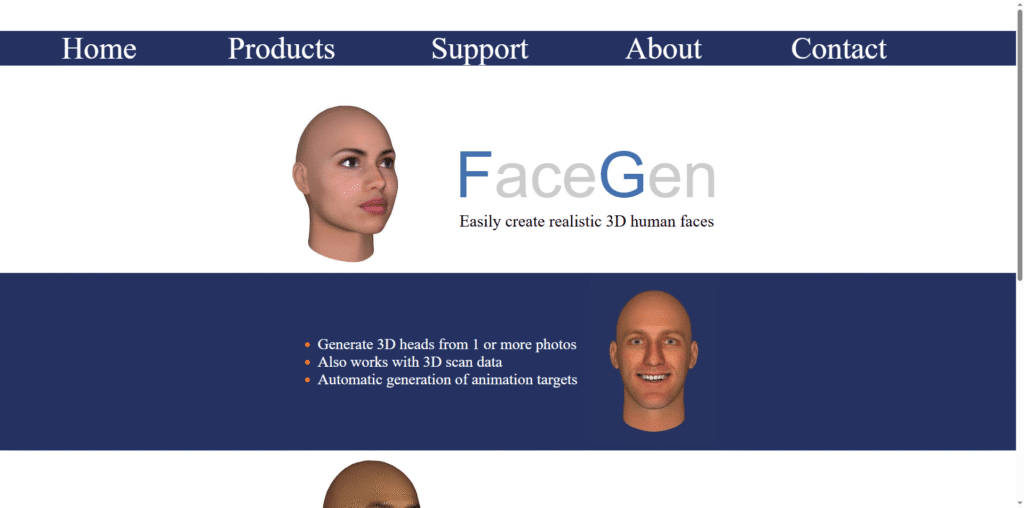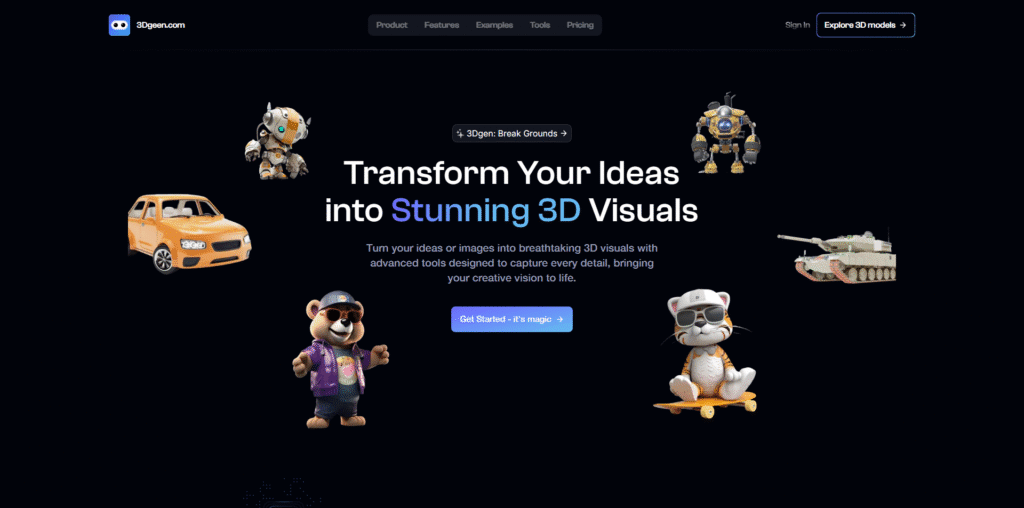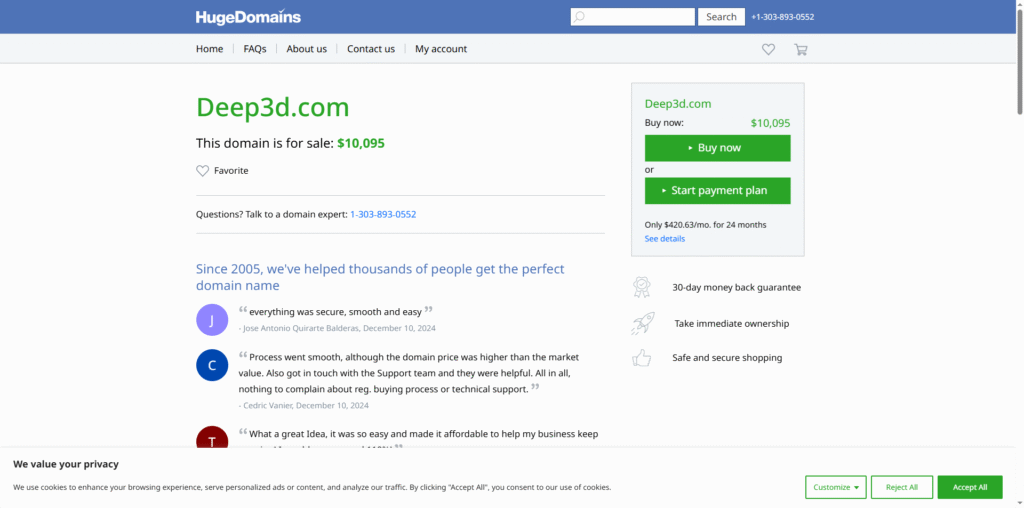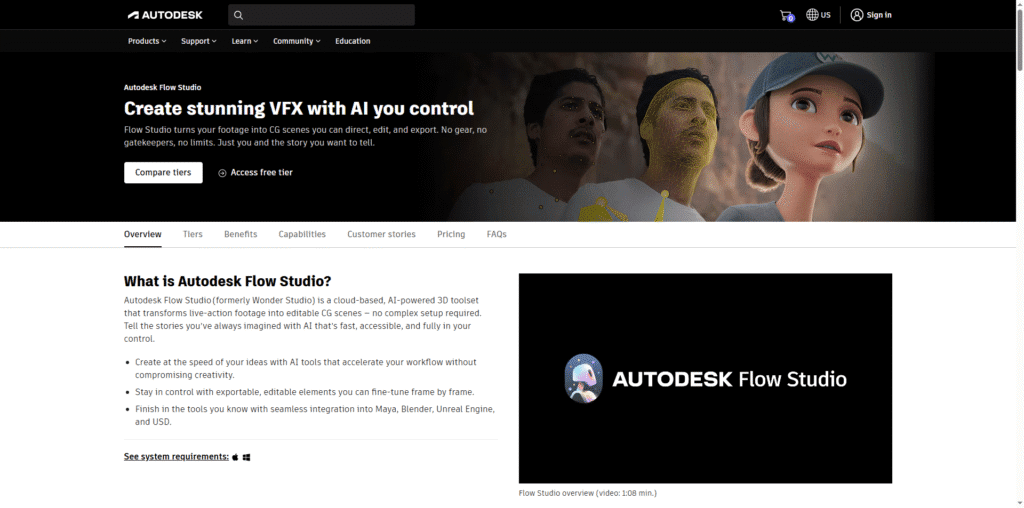Point-E is a cutting-edge AI tool developed by OpenAI that specializes in generating 3D point clouds from text prompts. This innovative technology aims to simplify the process of creating 3D models, making it accessible to a wider audience, including artists, designers, and developers. By leveraging advanced AI algorithms, Point-E transforms textual descriptions into detailed 3D representations, streamlining workflows in various industries.
What Point-E Does and Its Purpose
The primary purpose of Point-E is to democratize 3D modeling by enabling users to create complex point clouds effortlessly. Users can input simple text descriptions, and the AI generates corresponding 3D structures. This tool is particularly beneficial for those who may lack extensive experience in 3D modeling software but still wish to bring their ideas to life in a three-dimensional format.
Target Audience
Point-E caters to a diverse range of users, including:
- Students: Ideal for those studying design, architecture, or computer graphics, providing a hands-on tool to explore 3D modeling.
- Professionals: Designers and artists can enhance their creative processes by quickly generating 3D assets.
- Businesses: Companies in gaming, virtual reality, and product design can utilize Point-E to expedite their development cycles.
Who Can Benefit Most from Point-E
Different user groups can extract significant value from Point-E:
- Freelancers: Freelancers in the design and gaming sectors can save time and resources by using Point-E to generate 3D models quickly.
- Agencies: Creative agencies can streamline their project workflows, allowing for faster turnaround times on client projects.
- Businesses: Companies can reduce costs associated with traditional 3D modeling, making it a cost-effective solution for product visualization.
Why Users Should Use Point-E
Point-E offers several key benefits that make it an attractive option for users:
- Productivity: By automating the 3D modeling process, users can focus on other creative aspects of their projects.
- Accuracy: The AI-generated models are precise and can be fine-tuned based on user feedback.
- Cost-effectiveness: Reduces the need for expensive software and extensive training, making it accessible to a broader audience.
Point-E Pricing and Plans
As of now, Point-E does not have publicly available pricing information. Users interested in the tool should visit the official website for updates and potential subscription plans.
Strengths That Make Point-E Stand Out
Point-E’s uniqueness lies in its ability to convert simple text into complex 3D point clouds efficiently. Unlike traditional modeling software that requires extensive training, Point-E allows users to generate models with minimal input, making it a game-changer in the 3D design landscape.
Pros and Cons of Point-E
Like any tool, Point-E has its strengths and weaknesses:
- ✅ Easy to use, great for non-experts
- ✅ Fast generation of 3D models
- ❌ Limited customization options for advanced users
- ❌ Requires internet access for full functionality
Alternatives to Point-E
While Point-E is a powerful tool, users may also consider alternatives such as:
- Blender – A free and open-source 3D modeling software with extensive features.
- Autodesk Maya – A professional-grade 3D modeling and animation software.
- SketchUp – A user-friendly 3D modeling tool suitable for beginners and professionals alike.
Conclusion
In summary, Point-E by OpenAI is a revolutionary tool that simplifies the 3D modeling process for various users, from students to professionals. Its ability to generate accurate models from text prompts makes it an invaluable asset in the creative industry. As the technology continues to evolve, it holds the potential to reshape how we approach 3D design.












